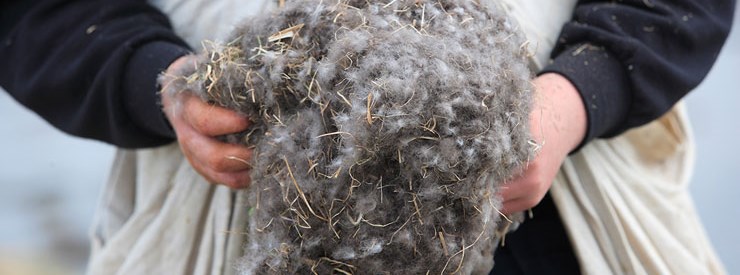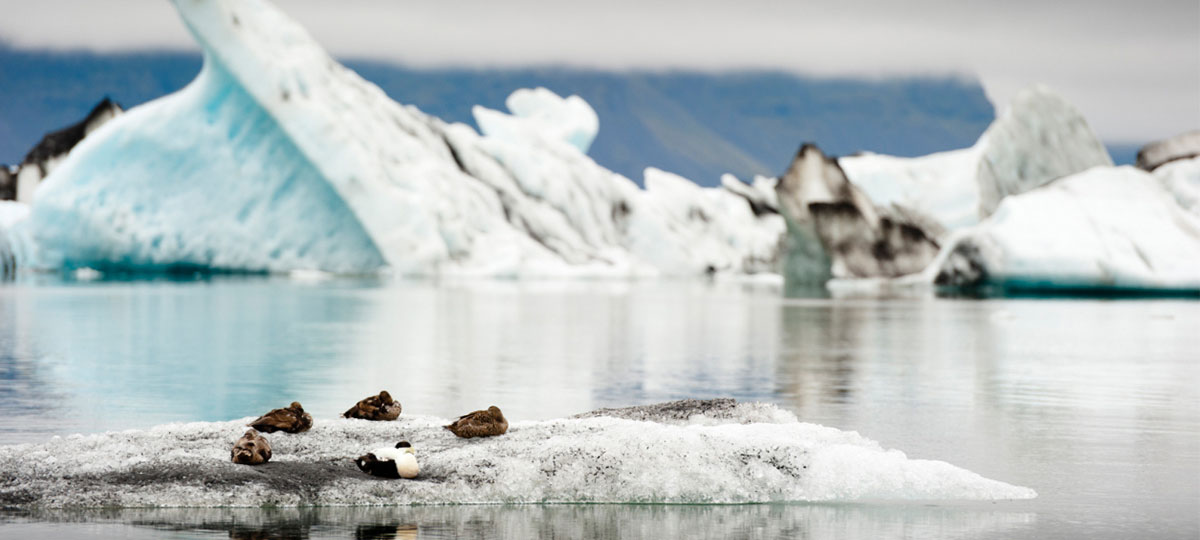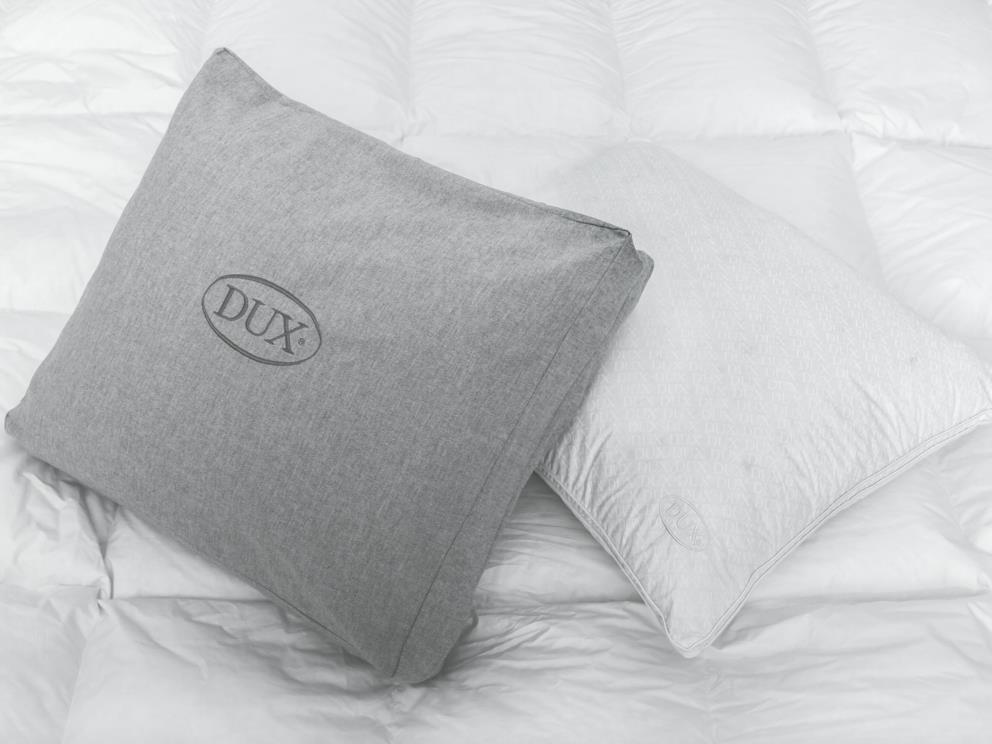
Feather Your Nest with Eider Down
“There are more Lamborghinis made every year than Eider down duvets”
Eider down is a down without peer. As a protected species, only naturally shed down from brooding females is harvested. When nesting, egg-sitting females molt the ultra-fluffy sub-layer of down from their soft underbellies so the heat of their bodies can be transferred directly to their incubating eggs. When the expectant mothers wander from their nests to feed, trained harvesters carefully remove the discarded down and replace it with straw.
Over 60 nests will be harvested to gather enough down for just one duvet, whose down content will average a little over two pounds. The annual yield of Eider down worldwide is a precious 5000-pounds — by contrast, tens of thousands of tons of goose down is produced each year.

“There are more Lamborghinis made every year than Eider down duvets” informs Michael de la Place, an Eider down expert as well as the founder of the luxury linen company, St. Genéve. “Eider down is the absolute pinnacle of duvets — nothing else even comes close.” A comforting thought for those who demand the best, in this case the DUX Super King Winter Duvet with Silk Cover, that retails for $11,665.
As President of Downmark, a non-profit that reports on the down industry, it makes sense that Michael de la Place is so passionate about eider down. DUX is a recipient of his unusual expertise — he collaborates with us on a variety of products. de la Place collaborates on the design of our duvets, sheets and pillows. His encyclopedic knowledge of down and cotton allows him to create designs that are exceptionally efficient.
“With insulating materials, the smaller the air pockets, the higher the insulation quotient,” explains de la Place. Eider down strands are exceptionally fine, whose thickness is only a fraction of a human hair. The strands naturally cling together, forming a super soft mass, but with far less weight than other downs. “Eider down is twice as fine as a goose down, so it’s a lot warmer in the winter. And in the summer it breathes better, so it’s cooler.” That’s right — an excellent quality duvet keeps your body temperature constant regardless of room temperature, so you’re meant to use an Eider down duvet year-round.
Cold Ducks Mean Warm Duvets
The common Eider inhabits the subarctic, and spend the bulk of their lives working the ocean waters around the Polar Circle. The incredible insulating properties of their down protect them against literally freezing — winter temperatures in the North Atlantic Ocean can drop below zero-degrees Centigrade and the ocean only stays liquid because of its salinity.
Most Eider ducks nest in Iceland, and Eider down harvesting is an Icelandic occupation that has been practiced for a millennium. Although Eiders are wild, they have become so tolerant of humans that some can even be petted while sitting in their nests.
Recent studies have confirmed common knowledge that no harm is done to either the ducks or their eggs by the harvesting of their down. In fact, a growing number of harvesters are eco-volunteers who support wildlife sanctuaries for the very ducks whose down they gather. It is also worth noting that Eider down is the only down that is gathered — all other down is a by-product of the fowl meat industry.
The Real Story
Due to its scarcity and high price, counterfeit Eider down duvets have made their way into the market. de la Place has a simple test to determine whether or not a duvet contains Eider down. “Since Eider down clings together, just pick up a corner of a duvet, grab the down inside and try to pull it apart,” explains de la Place. If it feels a bit like Velcro sticking together then you know it’s Eider down.”











